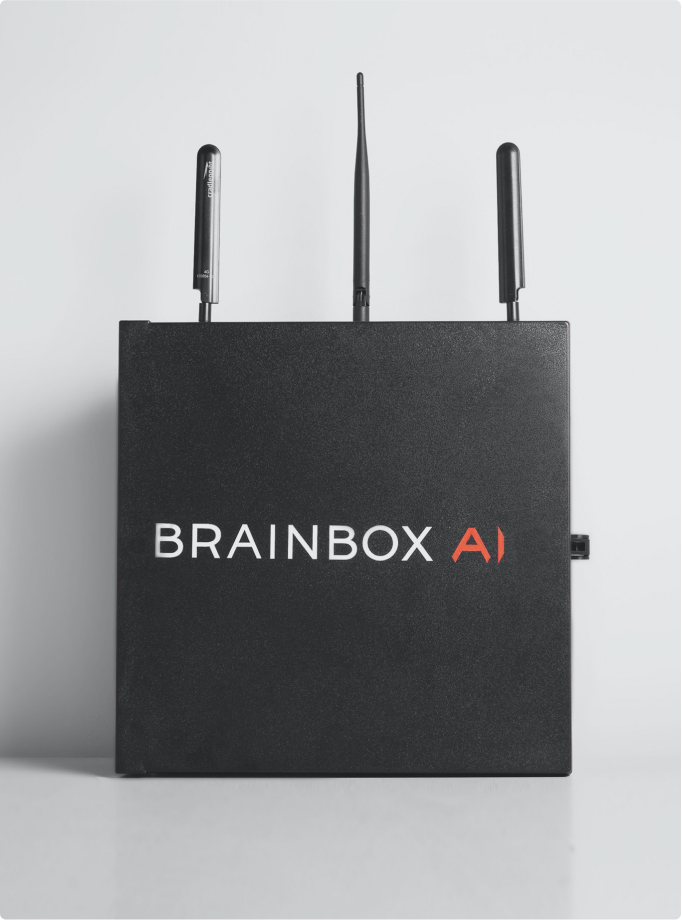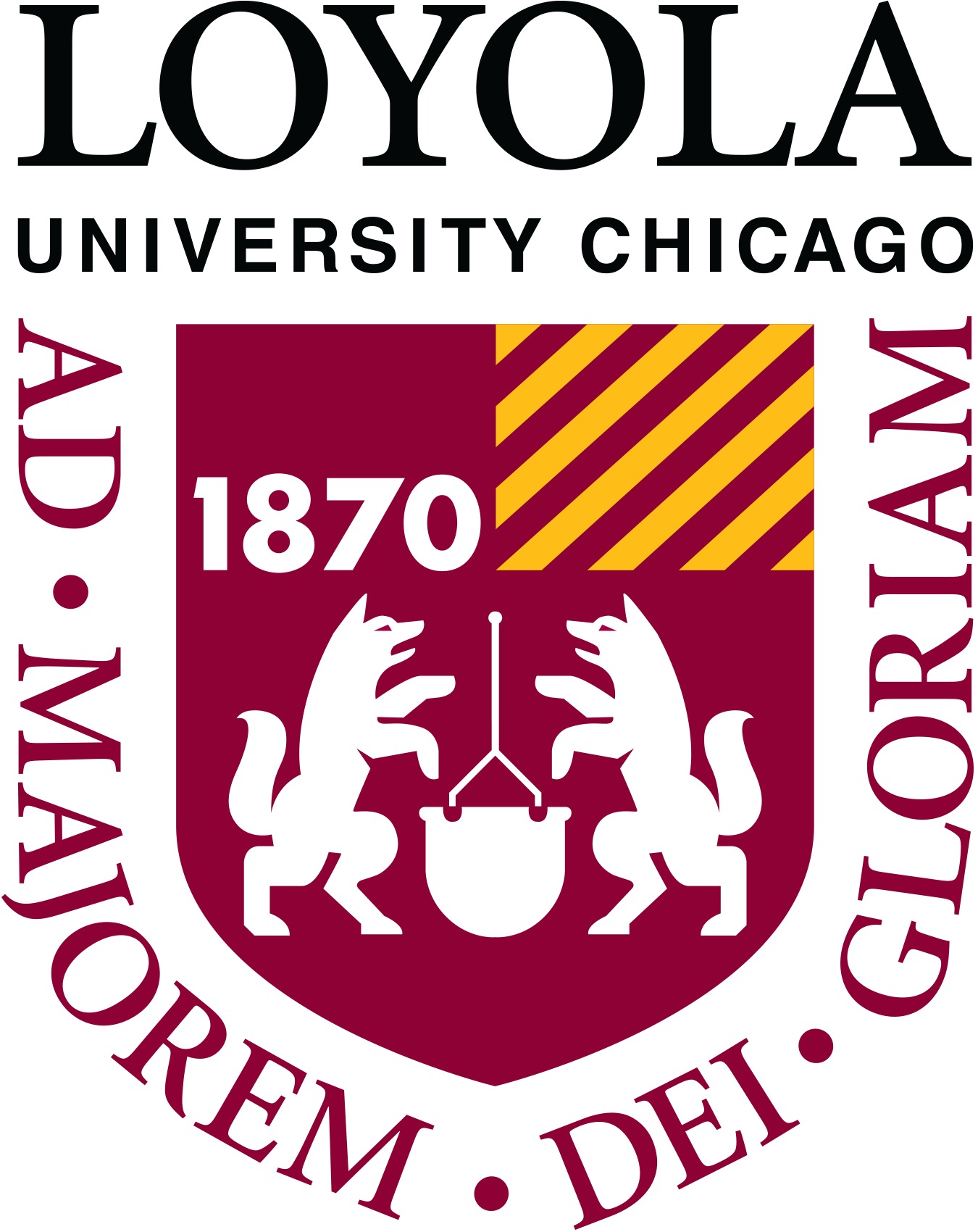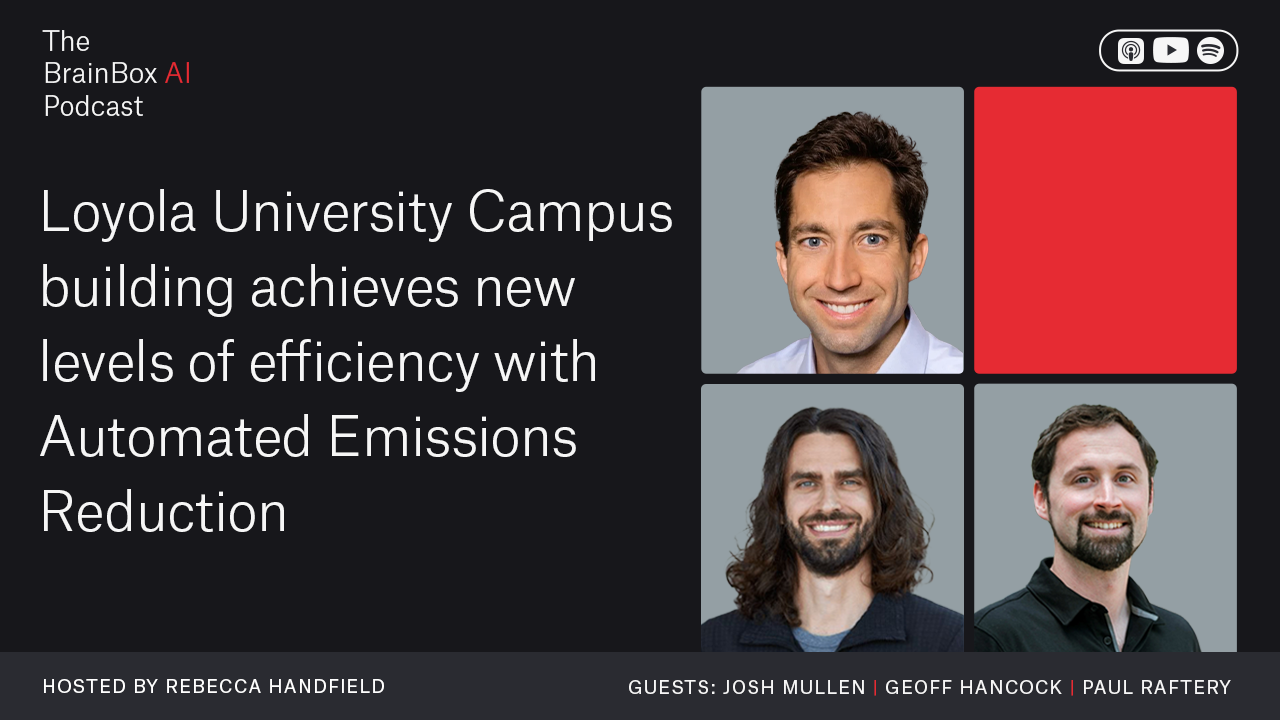Carbon (%)
Leveraging AI and AER for Sustainable Excellence: Loyola University’s Schreiber Center
Client — Loyola University
Context
Loyola University's Schreiber Center is a LEED Gold certified building in the heart of Chicago. Together with BrainBox AI, it embarked on an ambitious, year-long proof-of-concept project to further decarbonize its 10-story, mixed-use building.
This initiative was significantly strengthened through collaboration with UC Berkeley’s Center for the Built Environment (CBE) and WattTime, leveraging the latter’s expertise in Automated Emissions Reduction (AER) – an approach that helps buildings cut emissions by shifting energy use to times when there’s a surplus of renewable energy on the grid. This results in less pollution while also encouraging buildings to make use of renewables that would otherwise be wasted.
Building Overview
| BUILDING NAME | SCHREIBER CENTER - QUILAN SCHOOL BUSINESS |
| LOCATION | CHICAGO, IL |
|
BUILDING TYPE |
UNIVERSITY |
| YEAR BUILT | 2015 |
| SPACE USES | RETAIL FIRST FLOOR, CLASSROOMS, LECTURE HALLS, AND OFFICES |
| TOTAL SQUARE FOOTAGE | 150,000 SQ. FT. (10 FLOORS) |
| HVAC DESCRIPTION |
ELECTRIC WATER-COOLED CHILLERS GAS BOILERS VARIABLE AIR VOLUME (VAV) UNITS, AIR HANDLING UNITS (AHUS), FAN COIL UNITS, RADIANT PANELS, DOAS, HEAT RECOVERY, CO2 CONTROL,PASSIVE AND ACTIVE NATURAL VENTILATION |
Process
A Blueprint for the Future: Transforming the Schreiber Center
Built in 2015, the Schreiber Center embodies modern, sustainable architecture. However, our team still identified an opportunity to further reduce the Center’s carbon footprint. Our approach combined optimizing the building’s HVAC energy consumption with shifting energy use to coincide with periods where there was excess renewable energy on the local grid.
To get the most out of our collaboration with Loyola University and WattTime, we followed a two-step process to reduce energy consumption and emissions:
Step 1: Implement BrainBox AI through BACnet to optimize energy consumption
First, we integrated BrainBox AI's advanced AI-driven system with the building's existing HVAC controls via BACnet. This allowed us to use our AI solution to analyze the building's energy usage patterns and automatically adjust the HVAC settings to optimize energy consumption without compromising occupant comfort.
Step 2: Use WattTime's marginal emissions signal to predict emissions impacts
Next, we utilized WattTime's marginal emissions data as a real-time input signal to understand the environmental impact of using electricity at different times. By identifying moments of low marginal emissions—often when renewable energy sources like wind and solar were contributing most to the grid—we could strategically shift the building's electricity consumption to times when renewable energy was abundant but not fully utilized due to curtailment (when energy from renewable sources is purposely reduced to balance supply and demand on the grid).
During these low emissions events, we slightly decreased the space temperature setpoint to increase the call for cooling (thereby pre-cooling the building). We then returned the setpoint to normal, allowing the building to "drift" during times when the grid relied more on fossil fuels. This approach meant we could effectively use the building as a thermal battery, storing energy in the form of coolness that could be utilized later. This resulted in a reduced need for energy consumption during dirtier, predominantly coal and gas-powered energy periods.
By following these steps, we were able to optimize the Schreiber Center's energy consumption for efficiency while aligning its energy use with the cleanest possible sources from the grid. This two-pronged approach significantly reduced the building's carbon footprint and demonstrated a scalable model for reducing building emissions and encouraging greater renewable energy use.
Results
Working with the grid to amplify efficiency
Our results were impressive. Despite the building's existing sustainability efforts, we were able to achieve a 10% savings in HVAC-related energy and a 10% reduction in HVAC-related CO2e emissions through our AI for HVAC solution. Moreover, our solution together with WattTime’s AER model measured a 15% average reduction in HVAC emissions during marginal emissions events (including the curtailment period and subsequent 4-hour drifting period).

“We're thrilled to see BrainBox AI bringing automated carbon reduction into existing commercial buildings. Equipped with this technology, buildings can be a resource to better utilize renewables on the grid, which promotes faster renewable growth.” - Geoff Hancock, Product Manager at WattTime
These results demonstrate how leveraging BrainBox AI’s core technology and AER can significantly enhance sustainability in buildings. In particular, it introduces a practical, scalable method for existing buildings (particularly in regions more reliant on renewables) to dramatically reduce their environmental impact.
Read the full study in the ASHRAE Guide on the Role of Grid Interactivity in Decarbonization.
Find out more about how BrainBox AI’s technology can help reduce your own HVAC energy and emissions here.











